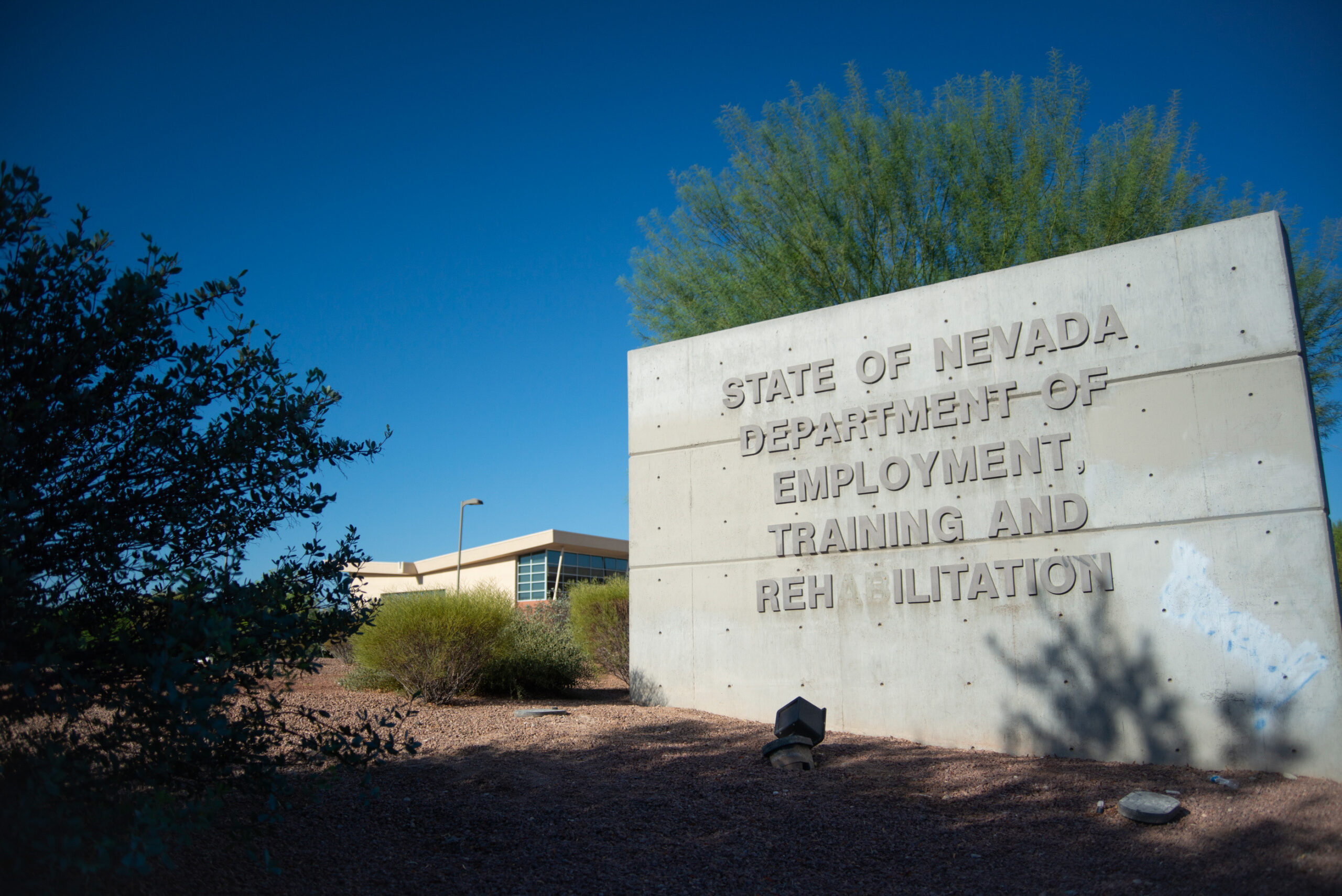Nevada launches first phase of $72 million unemployment modernization project

The first part of Nevada’s long-awaited plan to modernize its unemployment insurance system went live this week, almost four years after an unprecedented surge in pandemic-era unemployment claims overwhelmed the platform.
State officials hope the new system will be easier to use, more familiar to Nevadans who already use Windows-based systems and offer greater security. For now, the changes rolled out on Tuesday only affect state employers, who use the system to pay taxes that fund the state’s unemployment insurance program; Nevadans submitting unemployment claims will not see changes for at least 18 months.
At the start of the pandemic, the state saw a 20-fold increase in unemployment claims that quickly bogged down the system and created long delays in disbursing unemployment payments, officials said. An external review found the state’s systems were outdated, overly complex, costly and unable to successfully integrate a new program for gig workers and the self-employed called Pandemic Unemployment Assistance, or PUA.
The state has designated $72 million for the entire project, including $54 million in federal American Rescue Plan funds allocated by the Legislature in 2021. The remaining $18 million came from a fund that collects penalties on employers who did not pay the required taxes for the unemployment program, said Christopher Sewell, the director of the state’s Department of Employment, Training and Rehabilitation (DETR).
“The system is going to be much more stable, so if we have a huge influx, we'll be able to handle that,” Sewell said.


The old platform relied on coding from the early 2000s, stored all data internally in DETR’s office building and was at risk of becoming obsolete. The new system is cloud-based, which is more secure and able to make modifications faster, Sewell said.
Irregular activity can more easily be detected in cloud systems, so if there is a fraudster trying to gain access to the unemployment system and users’ information, the system has more advanced response measures than the existing system, Sewell said. Unemployment fraud was a significant problem in Nevada during the pandemic, with the state paying out an estimated $1.4 billion in improper or fraudulent benefits, Sewell told legislators in March.
“As fraudsters have gotten better, we've gotten better,” Sewell told The Indy. “And so we're going to make sure that the system is extremely secure.”
The existing system was only able to process claims for regular unemployment benefits, so the state had to rely on an external vendor for people filing PUA claims during the pandemic. The new system will be able to handle multiple types of unemployment benefits.
The new system also has a chatbot to answer unemployment questions, is more mobile-phone friendly and will have an interface that should be familiar to people who use Windows products.
Who’s seeing changes?
The only changes this week were for state employers, not people who file unemployment claims. Employers use the system to report a new business, disclose wages and pay payroll taxes that fund the entire unemployment system.
The state’s previous system shut down for employers on Feb. 12 to make sure that all data could be transferred over to the new system ahead of Tuesday’s launch.
Julie Griffiths, who lives in Reno and owns a small business, said she was frustrated with the sudden change. Her business is transferring to a different payroll service and needed to show proof of the taxes they have to pay on wages, but she couldn't access the state’s system.
When she called DETR — the agency had offered itself as a resource to people who had questions during the outage — she said there was no information staff could provide.
“The thing that just floored me was literally, they shut down the entire system. They couldn't get me just my [unemployment insurance] rate,” Griffiths said in an interview. “I've never heard of something like that.”
During the outage, DETR provided employers with ways to contact staff. All 706 employers who called and waited in line during the outage were assisted by DETR staff, a DETR spokesperson said.
The project’s second rollout (affecting those filing for unemployment) is scheduled to conclude by the summer of 2025. Sewell said work is underway on that phase.
